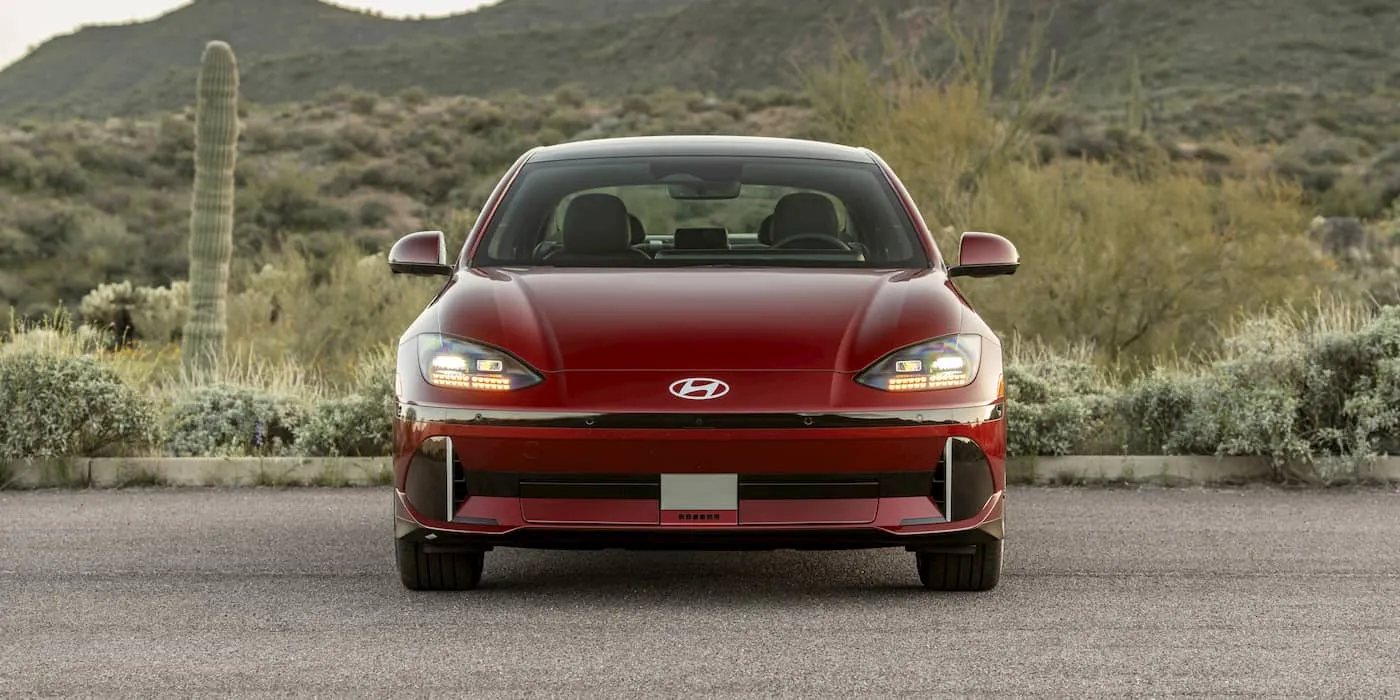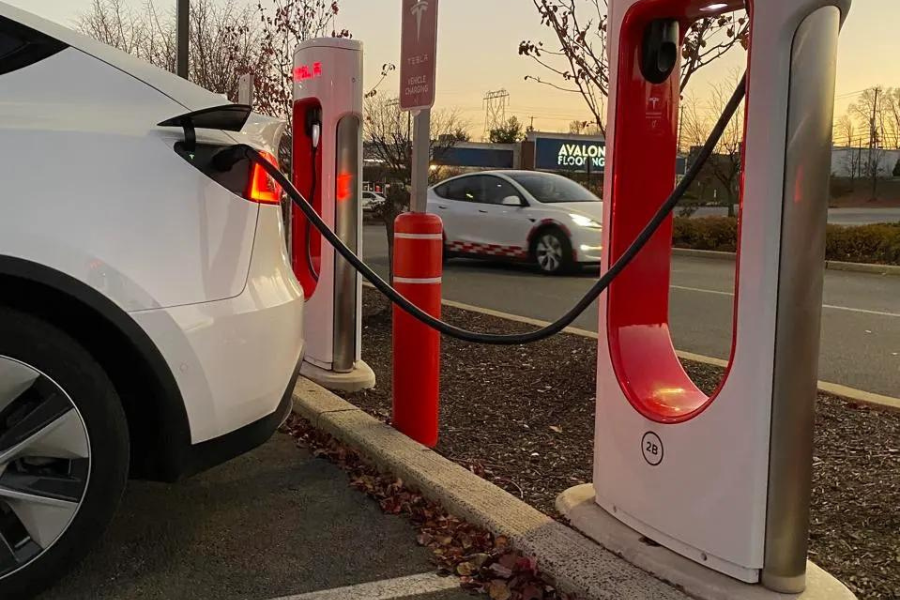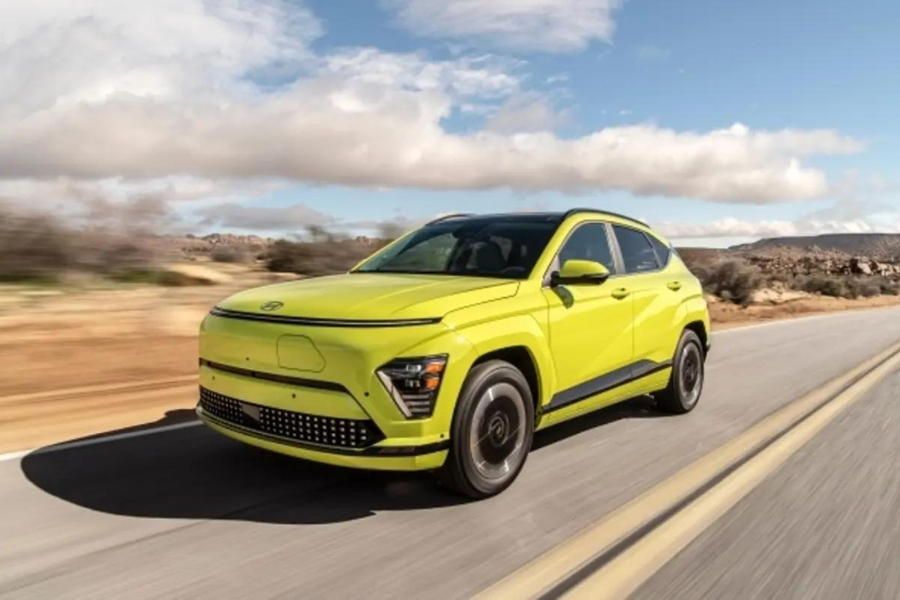In the dynamic world of personal mobility, there’s been a noticeable shift in how people traverse their cities, towns, and trails. The humble bicycle, a time-tested favorite, is being given a run for its money by its electrified counterpart; the e-bike. The steady hum of the electric motor has become a familiar sound in our streets as more and more people take to e-bikes for their daily commute, leisurely rides, or rigorous trail adventures.
Meanwhile, the traditional bike has not lost its charm, continuing to appeal to fitness enthusiasts, nature lovers, and the nostalgic among us. Navigating the world of personal transportation can feel a bit like negotiating a steep incline; do you opt for the swift and effortless convenience of the e-bike, or remain with the tried-and-tested reliability of the traditional bike? This article is designed to guide you along the winding path of choices and factors, helping you land on the decision that perfectly aligns with your requirements.
Understanding The Engineering of E-Bikes
E-bikes, short for electric bikes, are a fascinating fusion of traditional bicycle design and modern electric motor technology. At first glance, they look much like your average bike but delve a little deeper and you’ll find a few key additions. The most significant of these is the electric motor, usually nestled discreetly within the hub of the rear wheel or mounted centrally near the pedals. This motor, powered by a rechargeable battery typically secured on the bike frame, provides a boost to your pedaling efforts, propelling you forward with less exertion than a traditional bike.
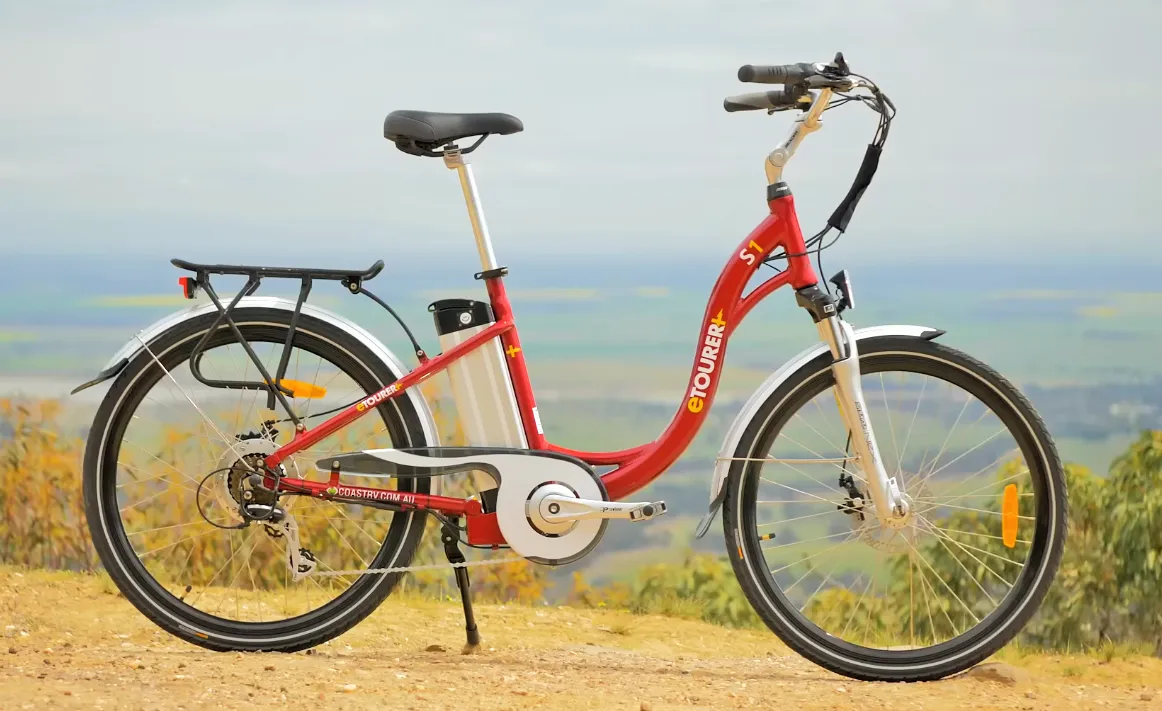
This feature, known as ‘Pedal Assist’, can be adjusted according to your needs. If you’re challenging a sharp uphill ride or seeking some added pace on level ground, the e-bike’s electric assistance feature is there to lend a helping hand. It empowers you to achieve higher speeds and cover greater distances with the same pedal power. So, while you’re still pedaling and steering as you would on a traditional bike, the e-bike offers an electrified boost that changes the game entirely.
Advantages of E-Bikes
E-bikes are becoming a trendy choice, and their various benefits compared to traditional bicycles explain this rising fame quite clearly.
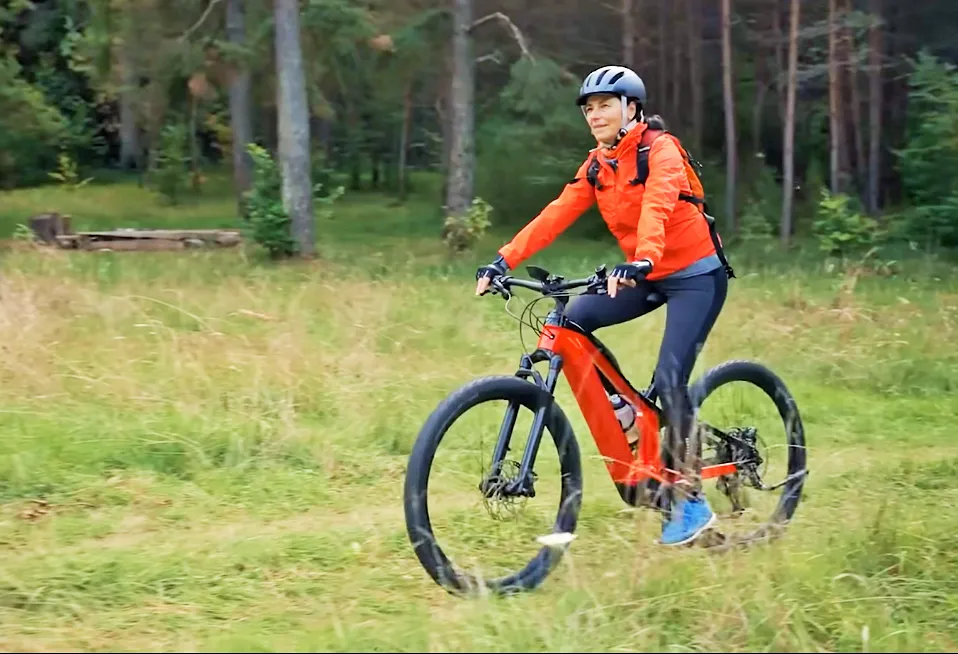
1. Increased Speed and Range
One of the prime allurements of e-bikes is their capability to deliver superior speed and range. The extra boost from the electric motor enables you to sustain elevated speeds, and thanks to the supportive nature of the e-bike, you can traverse longer distances with identical exertion. This makes e-bikes a perfect choice for longer commutes and wide-ranging explorations that might be strenuous on a traditional bicycle.
2. Reduced Physical Effort
Another significant advantage of e-bikes is the reduction in physical effort required for cycling. The electric motor supplements your pedaling, which makes steep inclines and long distances less intimidating. As a result, you can enjoy your rides without getting overly exhausted. This feature is particularly appealing to those who might find the physical exertion of traditional cycling prohibitive.
3. Improved Accessibility
One would be surprised that E-bikes were also made to cater to a larger population. Some individuals, whether due to age, disability, or personal fitness level, may find traditional cycling to be challenging. However, the supportive features of an e-bike overcome many of these barriers, allowing more people to engage in and enjoy cycling.
4. Health and Fitness Benefits
Even though e-bikes provide an assistive boost, they still offer substantial health and fitness benefits. As you pedal, even with assistance, you engage your muscles and get a cardiovascular workout. Moreover, the adjustable assistance level allows you to modify the intensity of your workout to match your fitness level, enabling you to gradually challenge yourself as your strength and stamina increase.
Disadvantages of E-Bikes
There’s hardly anything without a downside, and for E-bikes, they pack a few themselves. Below are some disadvantages to E-bikes that one should know:
1. Higher Cost
One of the obvious downsides of e-bikes lies in their pricing. The inclusion of an electric motor and battery system adds a layer of complexity which majorly makes e-bikes more expensive than traditional bikes. Although there might be less expensive options, however, it will greatly reflect in the quality.
2. Maintenance and Repairs
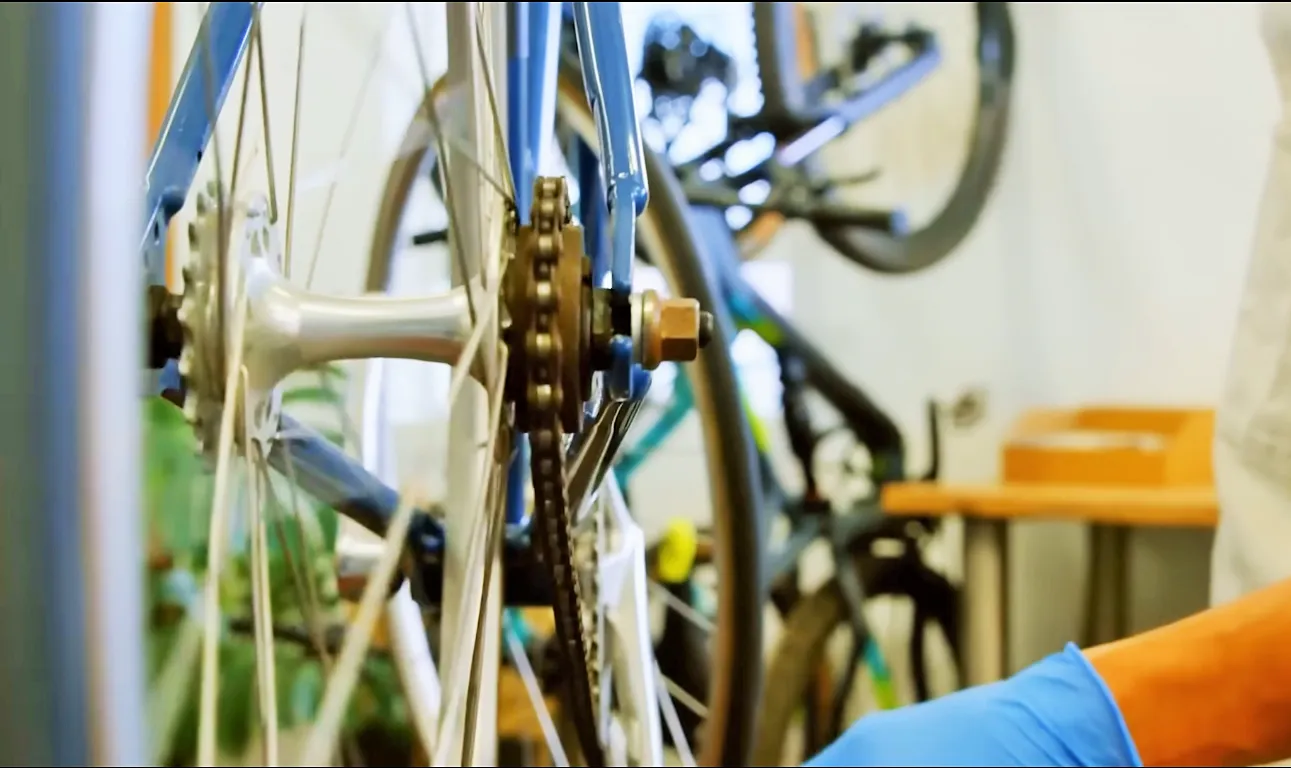
Maintenance and repairs can also be more complicated with e-bikes. They come with additional electrical components like the motor and battery, which may require specialized knowledge and tools to service or repair. Therefore, the expense associated with keeping an e-bike in tip-top shape could be greater than that of a traditional bike, and it might also prove more challenging to locate a repair outlet with the required specialized knowledge.
3. Weight and Maneuverability Challenges
E-bikes, with their added motor and battery, tend to be heavier than traditional bicycles. This can pose challenges when it comes to maneuverability, particularly in tight turns or when carrying the bike up stairs. The additional weight may also make e-bikes more challenging to transport if you need to put them in a car or on public transport.
4. Limited Battery Range
Finally, like all electric-powered devices, e-bikes have a limited battery range. This means you can only travel on e-bikes for as long and as far as the power takes you. And must therefore recharge at intervals, which can last for hours. While you can still pedal an e-bike with a depleted battery, the extra weight of the motor and battery can make this more challenging than pedaling a traditional bike. Therefore, planning your rides to ensure your battery doesn’t run out partway through is an essential part of e-bike ownership.
Explore The Traditional Bikes
The term “traditional bikes” in the context refers to the quintessential pedal-powered machines that have been part of our lives for over a hundred years. These bicycles exist in different forms and designs, each tailored for particular purposes. Road bikes, for instance, mainly have slender tires and feather-light frames and are constructed for pace and productivity on smooth pavements. Therefore, they make a terrific selection for commuting or lengthy journeys. Mountain bikes, featuring wider tires, robust frames, and are often equipped with suspension systems, are designed to handle off-road trails and rough terrains with ease.
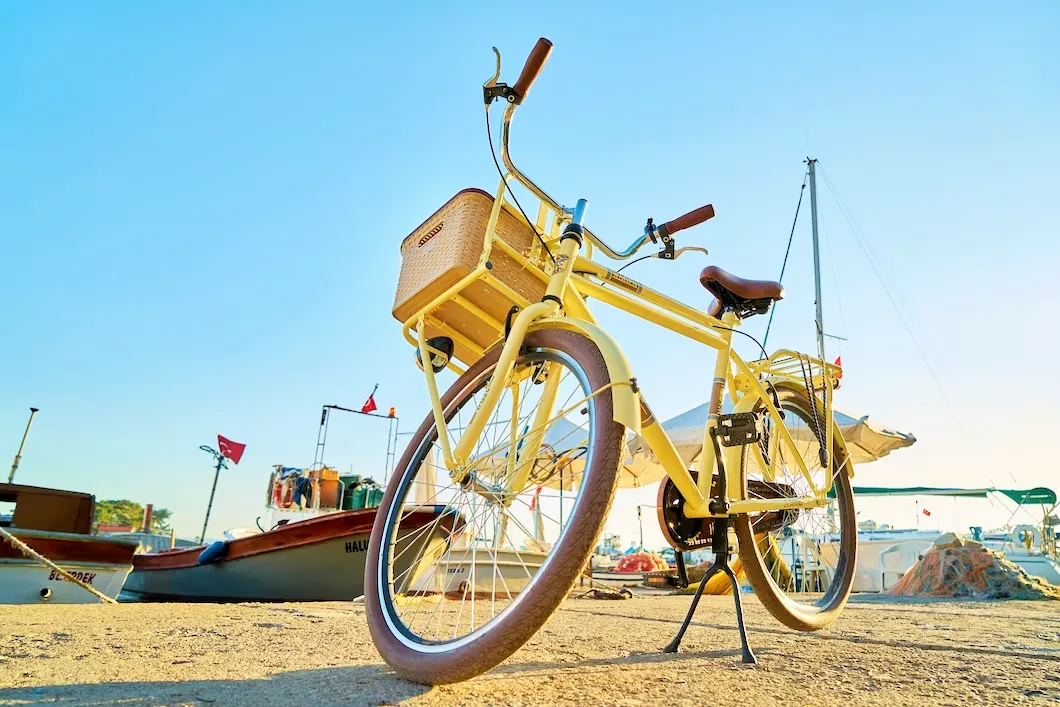
Hybrid bikes offer a balance between the two, blending the characteristics of road and mountain bikes for versatility across a range of conditions. These bikes all have one thing in common; they rely entirely on the power provided by the rider’s pedaling. There’s no electric assistance here; it’s just you, the bike, and the open road or trail ahead.
Advantages of Traditional Bikes
Despite their elegant, and yet simple nature, traditional bikes possess some attributes that surpass their electric-powered sisters.
1. Affordability and Simplicity
One thing is for sure, traditional bikes are more affordable. Without the electric components found in e-bikes, traditional bikes are generally cheaper to purchase and maintain. Moreover, their mechanical simplicity makes them easy to understand, repair, and maintain, even for novice riders.
2. Physical Exercise and Fitness
One of the undeniable benefits of traditional biking is the physical exercise and fitness it provides. Since there’s no electric assistance, every ounce of power comes from the rider, providing a full-body workout that can be tailored to your fitness goals. You have total control when gently pedaling along a flat trail or pushing hard up a steep incline.
3. Lighter Weight and Agility
Traditional bikes are considerably more portable since they are without the added weight of a motor and battery than e-bikes. This makes them more agile and easier to maneuver, particularly in tight spaces or challenging terrains. Additionally, the lighter weight makes traditional bikes easier to carry up stairs, put on a bike rack, or transport on public transit.
4. No Dependency on Batteries
Lastly, traditional bikes have the advantage of not being dependent on batteries. There’s no need to worry about running out of charge mid-ride or finding a power source to recharge. You’re free to ride as long and as far as your energy and fitness levels allow, providing a sense of freedom that can be particularly appealing to adventure seekers and endurance athletes.
Disadvantages of Traditional Bikes
Despite their various advantages, traditional bikes also have a few limitations that potential riders should keep in mind.
1. Physical Exertion
One of the most notable challenges of traditional bikes is the level of physical exertion required. Unlike e-bikes, traditional bikes provide no pedal assistance, meaning the rider must supply all the power. This can be tiring, especially on long rides or over challenging terrains, and may discourage those who are less physically fit or have health concerns from taking up cycling.
2. Longer Commute Times
Because traditional bikes rely solely on human power, they can result in longer commute times compared to e-bikes. Since it lacks pace enhancement gotten from electric motors, a long-distance trip can take forever to complete. This is especially problematic for those on tight schedules or those traveling long distances.
3. Challenging Uphill Climbs
The lack of motor assistance on traditional bikes can make uphill climbs particularly challenging. Steep gradients require significant effort to overcome and can be daunting for new cyclists or those living in hilly regions. The effort required for these climbs can be a deterrent for some people considering traditional bikes.
4. Limited Speed
Lastly, the speed achievable on a traditional bike is directly tied to the rider’s strength and stamina. Without electric assistance, reaching higher speeds can be difficult and sustaining them can be even harder. This can limit the appeal of traditional bikes for those needing to travel quickly or cover large distances regularly.
Factors to Consider When Choosing The Perfect Ride
The decision between an e-bike and a traditional bike isn’t a universal solution. It involves considering multiple aspects, and what suits one person may not fit another’s needs. Let’s look at these considerations to guide you in making the optimal choice tailored to your individual requirements.
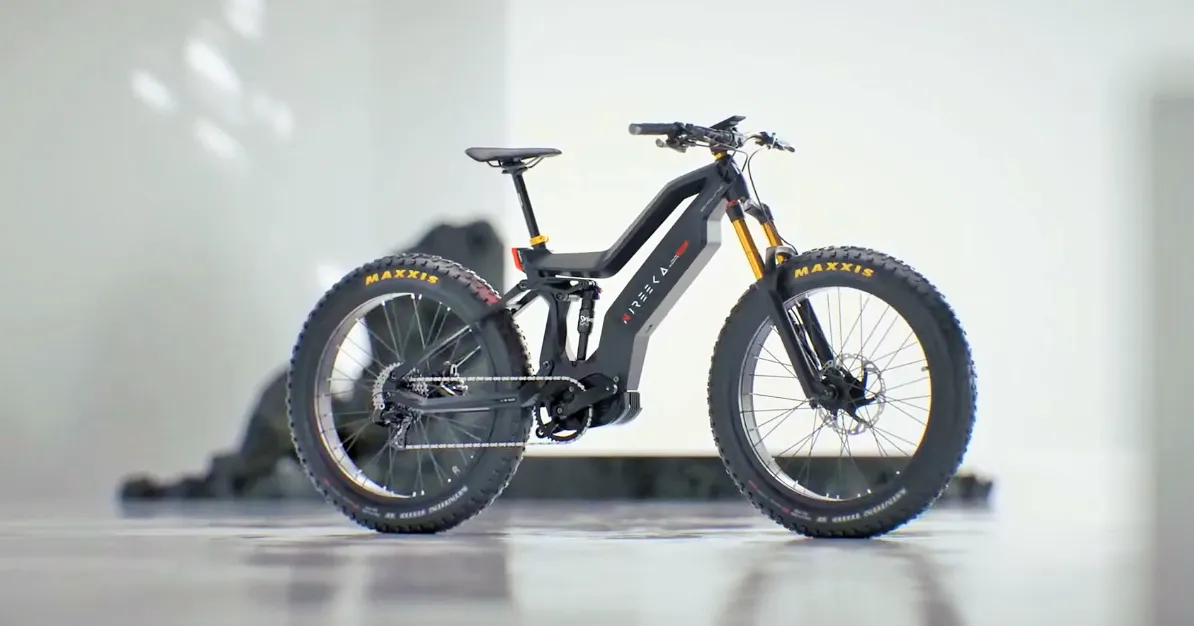
1. Purpose and Intended Use
Your primary reason for getting a bike can significantly influence which type is more suitable. For commuting or covering long distances quickly, a hunting electric bike might be a better choice due to its speed and ability to reduce physical exertion. On the other hand, if your goal is rigorous physical exercise or competitive racing, a traditional bike could be a more fitting choice. For leisure rides or occasional use, both could serve your needs well, and the decision might come down to personal preference.
2. Terrain and Riding Conditions
The terrain and weather conditions you plan to ride in also play a vital role in your decision. E-bikes can make navigating hilly terrains or headwinds much easier thanks to their electric assist. In contrast, traditional bikes are lighter and potentially more maneuverable, making them a great option for smooth, flat surfaces or off-road trails where agility is important.
3. Fitness and Health Considerations
If you’re looking for a workout, a traditional bike will likely give you a more significant physical challenge since all the power comes directly from you. However, if you have health issues or are less fit, an e-bike can help you start cycling more comfortably and gradually increase your fitness level with adjustable pedal assistance.
4. Cost Analysis
While e-bikes typically have a higher upfront cost, they can result in savings over time, particularly if they replace car travel. Whereas, traditional bikes are much cheaper to buy and maintain, for those on low budgets. Consider both the initial purchase price and the ongoing costs of maintenance and potential fuel savings when making your decision.
5. Environmental Impact
Both e-bikes and traditional bikes are eco-friendlier options compared to cars, but they have different environmental impacts. Traditional bikes produce no emissions and require less energy to manufacture and maintain. E-bikes, while still much greener than cars, require electricity to charge and involve more complex manufacturing processes for their electrical components. However, if an e-bike replaces a car for commuting, the environmental impact is generally positive. When considering the environmental factor, think about your specific situation and how each option would affect it.
Real-World User Experiences: E-Bike VS Tradition Bike
Our discussion may seem somewhat abstract from the start, so we’re going to include some real-life stories and scenarios from frequent users of the two bikes.
E-Bike User Stories
E-bike users often highlight the convenience and speed that their bikes provide. Jane, a city-based professional, switched to an e-bike for her daily commute and hasn’t looked back. “I’m able to get to work much faster than by car, without arriving sweaty or exhausted. The hills in my neighborhood are no longer daunting!” she says.
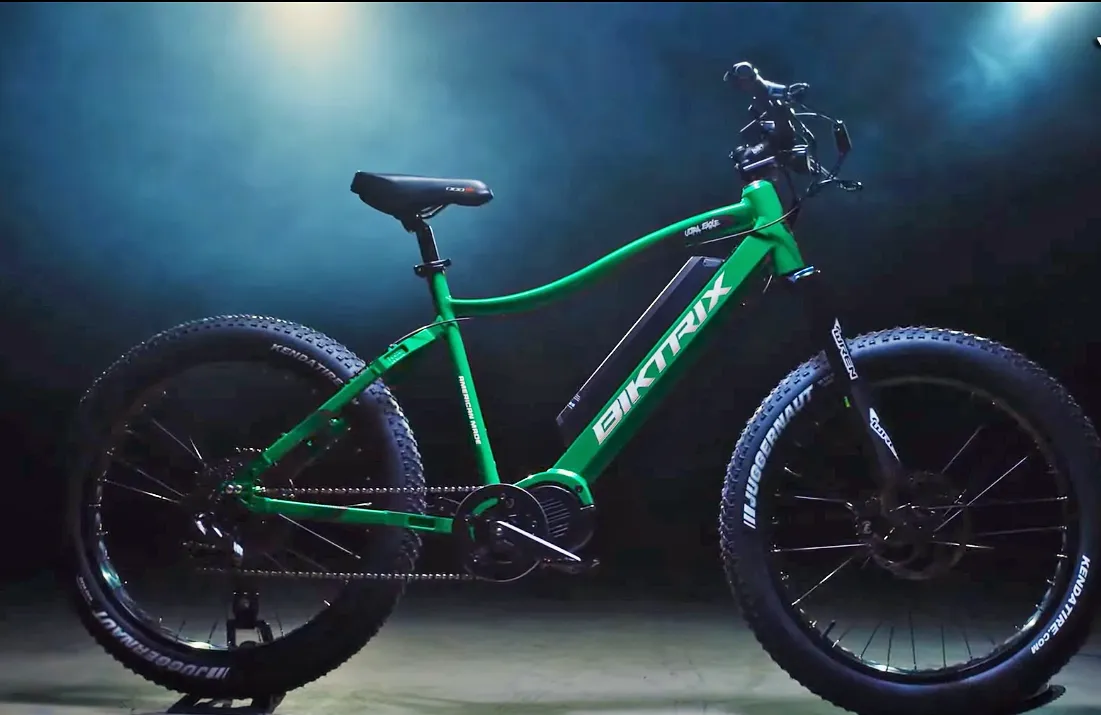
On the other hand, Paul, who has a physical limitation, talks about how an e-bike made cycling accessible to him again. “I loved cycling, but because of my knee problem, I had to give it up. My e-bike, however, has changed the tide for me. I can now join my friends on rides without worrying about the strain on my knees,” he shares.
Traditional Bike User Stories
Traditional bike riders often speak about the joy of cycling in its purest form. Rachel, an avid cyclist, says, “The feeling of powering yourself, the simplicity of the mechanics, and the connection to the environment – nothing beats a traditional bike for me.”
Tom, who uses his bike for fitness, shares his experience: “Cycling is my main form of exercise. I love the challenge of pushing myself, whether it’s uphill or going for speed on a flat. My traditional bike has helped me improve my stamina and cardiovascular health.”
These stories emphasize that whether an e-bike or a traditional bike is ‘better’ depends entirely on personal needs and preferences. It’s about finding the right fit for your lifestyle and cycling goals.
Pick the Right Option
Decision Matrix
One useful tool to aid in decision-making is a decision matrix.
Here’s the process: Jot down the factors that hold the most weight for you, elements like cost, physical effort, speed, and the type of terrain you’ll be riding on. Then, assign a weight to each factor based on its importance to you. Next, score both e-bikes and traditional bikes against each factor. Multiply the scores by their respective weights and add them up. The option with the higher total could be the better choice for you.
This method, though quantitative, still retains subjectivity since the weights and scores are based on personal judgment. However, it can help make the decision more structured and transparent.
Case Studies
Let’s consider a few hypothetical situations that could shed light on the decision-making process when choosing between an e-bike and a traditional bike:
- Sarah lives in a hilly area and wants to start biking to her job downtown to save money and improve her fitness. However, she’s worried about arriving at work sweaty and tired. For her situation, an e-bike might be the best choice. The electric assist will help her handle the hills and arrive at work feeling fresh.
- On the flip side, Mike is a fitness aficionado who relishes cycling as a form of workout.. He lives in a relatively flat area and is not concerned about speed. For Mike, a traditional bike would likely be a better fit. It will provide the workout he desires and is suitable for his terrain.
By taking into consideration personal circumstances and using structured decision-making tools like a decision matrix, you can navigate the choice between e-bikes and traditional bikes more confidently.
Yes, e-bikes are generally legal on public roads. But laws are different from country to country, so one should check to make sure.
Absolutely! A prime benefit of e-bikes is their universal appeal to individuals across all fitness spectrums, made possible by their electrically assisted operation.
E-bikes usually last from 2 to 5 years, depending on use and care. However, a single charge can typically provide power for 20 to 50 miles, again, depending on factors like terrain, weight, and level of assistance used.
This varies by location. In numerous locales, e-bikes don’t necessitate a driver’s license or registration, though it’s always prudent to verify the specific regulations in your residing area.
Traditional bikes necessitate regular upkeep tasks like inflating tires, lubricating chains, adjusting brakes and gears, and conducting occasional inspections to confirm all components are functioning optimally. It’s also advisable to have a professional bike service periodically.
Yes, you can convert your traditional bike into an e-bike with a conversion kit. These kits usually include components like a motor, a battery, and a controller.
Insurance costs can vary based on several factors, including the type and value of the bike. Because e-bikes typically cost more than traditional bikes, they might be more expensive to insure. It’s best to get quotes from different insurance providers for the most accurate information.
Yes, you can. While e-bikes offer pedal assistance, you still have to pedal, which involves physical effort. You can also adjust the level of assistance, so you can decrease or increase the intensity depending on how you want it.
The distance an e-bike can cover on a single charge can differ greatly depending on aspects such as the battery’s capacity, the assistance level utilized, the weight of the rider, and the nature of the terrain. On average, you can anticipate covering a range of about 20 to 50 miles before the battery requires recharging.
Indeed, the majority of e-bikes are engineered with water-resistant features and can be ridden in rainy conditions. Nonetheless, it’s crucial to exercise caution when cycling in wet conditions for your safety and to prevent the battery or other electronic components from being submerged in water.

